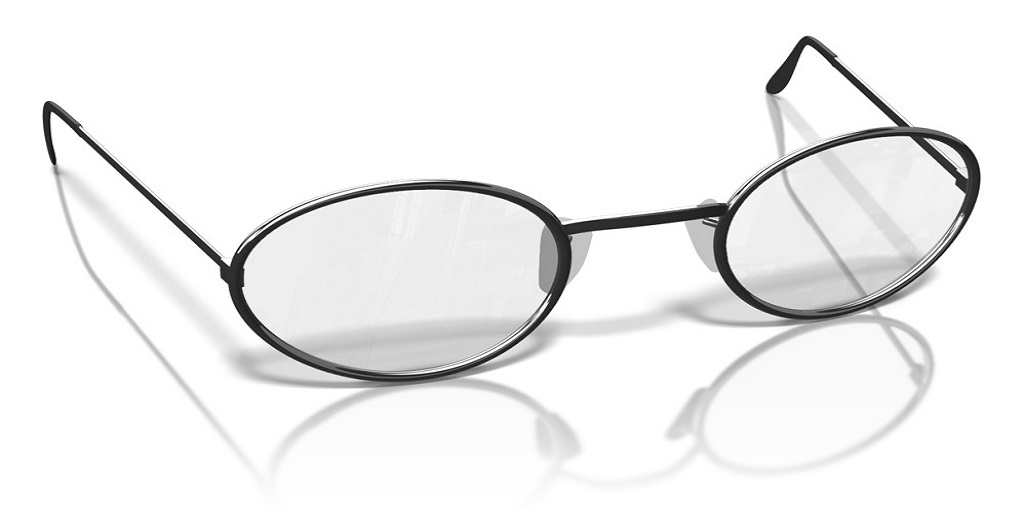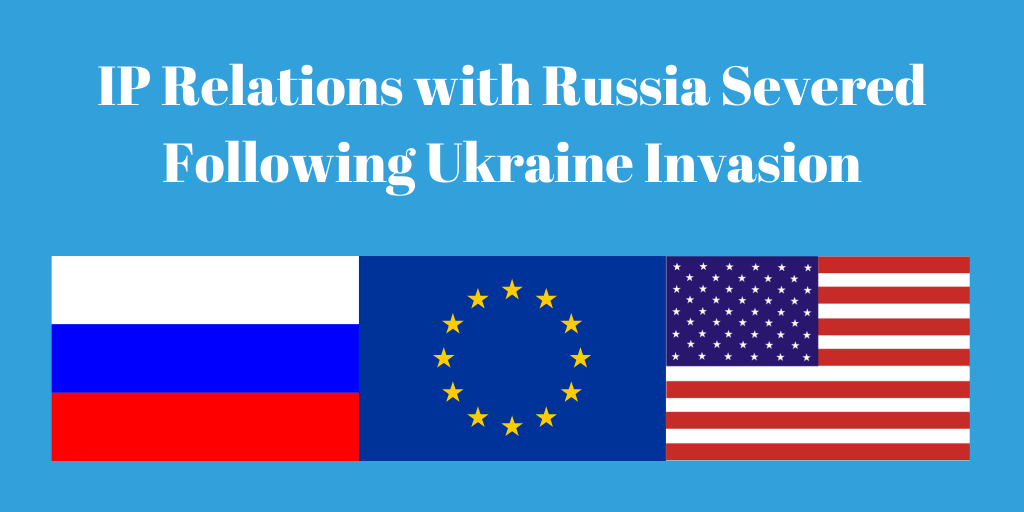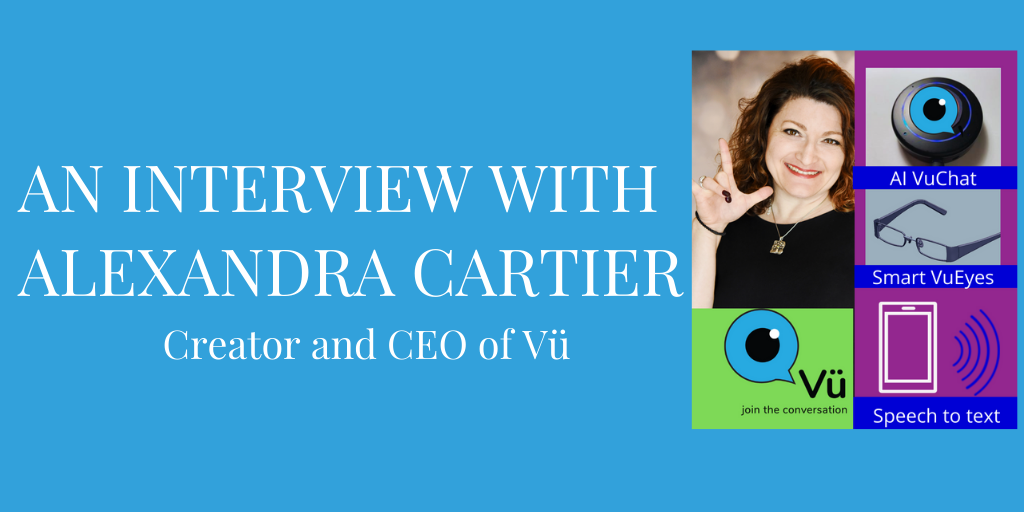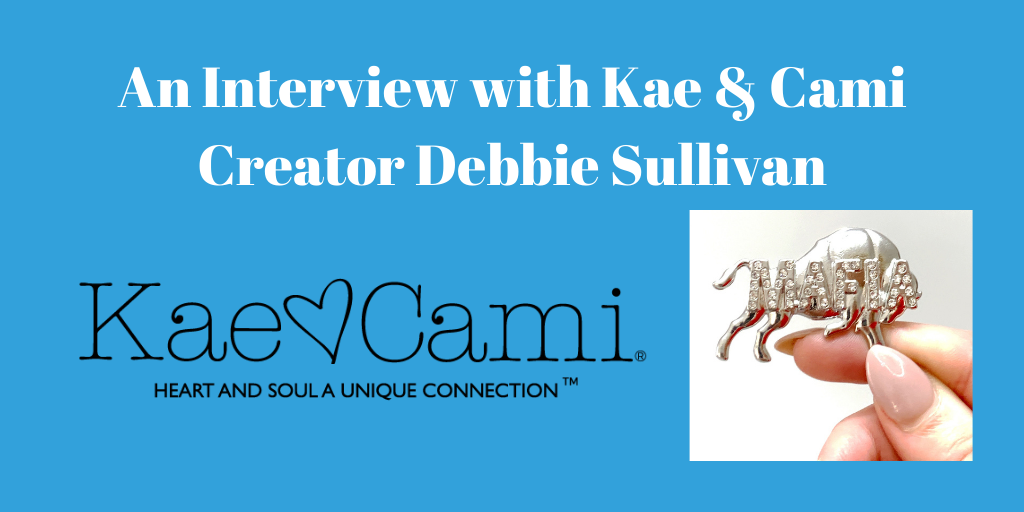The Head Alignment Trainer
This week, we will be looking at another cool and fascinating invention.
What’s the invention?
The invention is a type of glasses for sports training. They can be worn like ordinary glasses and assist in maintaining the wearer’s head position. The invention accomplishes this by limiting the wearer’s view and vision.
Let’s take a look at the patent itself
The invention is patented as U.S. Patent No. 8,157,663 and titled as “Head alignment trainer.” The inventors are Joseph Winkelsas and Stephen Lynch.
The invention addresses a certain issue
Sports are an integral part of our society. We teach our youth from a very young age how to play and hope they learn from and enjoy the process. But teaching someone how to play a sport is not easy. There must be proper development of technique, which usually can only be obtained through repetition. The head alignment trainer device helps solve this issue by addressing how to “selectively limit the wearer’s field of view by eliminating any peripheral vision thereby allowing the wearer to focus on a target.” Moreover, the invention helps “create muscle memory by consistently maintaining head position while training for a variety of different sports activities.”
The claims
The head alignment trainer patent has 21 claims, three of which are independent claims and 18 which are dependent. Since there are so many claims, we will be only looking the first claim. The first claim is a broad independent claim, which reads as:
“A head alignment trainer device which comprises:
a frame having at least one lens opening;
a means for securing said frame on a user;
at least one telescoping tube mounted to said frame proximate said at least one lens opening and arranged to restrict the users field of view to produce a general single circular field of view,
wherein said telescoping tube has an outer scope longitudinally extendable/retractable about an inner scope;
and wherein the telescoping tubes selectively limit the wearer’s field of view thereby preventing the wearer from focusing on a target unless proper head alignment is maintained.”
Click here to read the entire patent.
What’s the scope of protection?
Since the claims lay out the scope of the invention, any other device that contains all the elements of a claim will be directly infringing. The patent holder can possibly stop the infringer from making, using, selling, offering for sale, or importing into the United States a device covered by the patent.
So how would infringement occur?
For there to be direct patent infringement, the accused invention must have every element of the patented claims. We will use the head alignment trainer device as an example since we already discussed the claims. Let’s say another party made a device that was similar to the head alignment trainer device. It has every element of the claim except for “a means for securing said frame on a user.” Even though it’s just one element that’s missing, there is no patent infringement. As stated above, EVERY element needs to be present for infringement.
Every idea counts
No matter what the field is, there is always something to improve upon. Ideas improving a field can qualify for a patent if it meets the necessary requirements. A patent is the strongest form of protection an invention can have. But getting a patent is a pretty difficult process. Not only does the invention have to meet the statutory requirements, the application itself has to meet the procedural requirements. Not meeting the requirements will result in various issues.
Why a patent attorney can help with the process
We’ve discussed how the invention needs to meet the statutory requirements before it can qualify for a patent in previous posts. These requirements include novelty, non-obviousness, utility, and qualifying as patentable subject matter. However, the application itself must also meet other requirements. The application must have a specification and at least 1 claim. Drafting either is pretty difficult and takes additional training to master. Experienced patent attorneys can draft the application to meet these requirements and spent years learning through experience.
It’s not just the application
Generally, a patent application starts the process. But sending in the application doesn’t mean the person will or will not get the patent. There will usually be a reply from the United States Patent and Trademark Office some time after the application is received. The reply can come in the form of an office action, which lays out which parts of the application that didn’t meet certain requirements. A good amount of skill and experience is needed to respond and overcome office actions.
Patent attorneys are equipped to handle office actions
Office actions are just another type of work that patent attorneys deal with on the regular. Patent attorneys have the requisite background knowledge needed to understand the legal requirements embedded in an office action. Responding to office actions also requires satisfying procedural requirements in addition to the substantive legal issues. Thus, a patent attorney is usually your best bet of overcoming office actions.
What are your thoughts on the Head alignment trainer device? How about the patent application process? Leave a comment below to let us know what you think!
Interested in more intellectual property? Here’s a video to the head alignment device itself!
SIGN UP TODAY!
Does this article interest you? Subscribe to the LoTempio Law email newsletter to receive posts and updates just like this conveniently in your email box!
If you’ve enjoyed this blog post, we have lots more where this came from, including an Inventors Guide Video Series where we help you turn your good idea into a profitable invention, and tons of other great content. Simply enter your email address and hit sign up and you’ll get everything, including blog posts like these, conveniently in your email box!
Our Youtube Channel also has some great content. Check it out here!
Have any questions? Give us a call at 1-800-866-0039. Consultations are FREE.
Disclaimer: This article is not legal advice. It is only for educational or entertainment purposes only. Please do not use the article or contents of the article without permission. For legal advice and questions, please contact registered Patent Attorney Vincent LoTempio.




